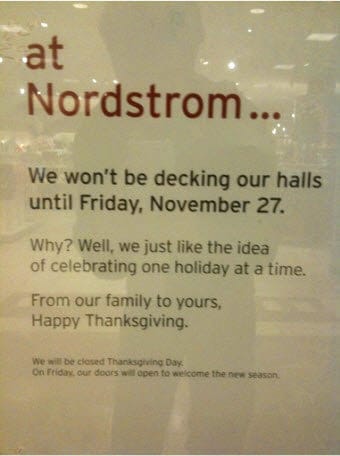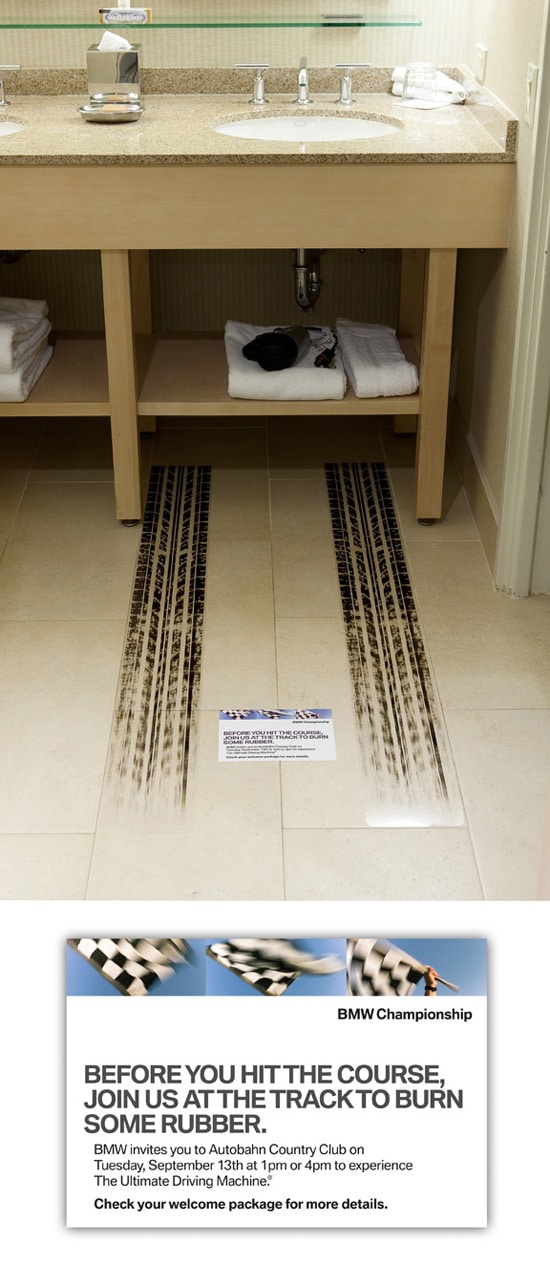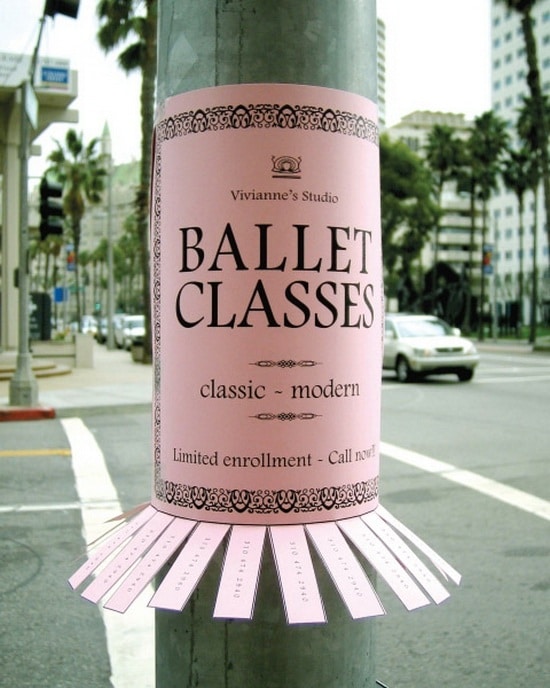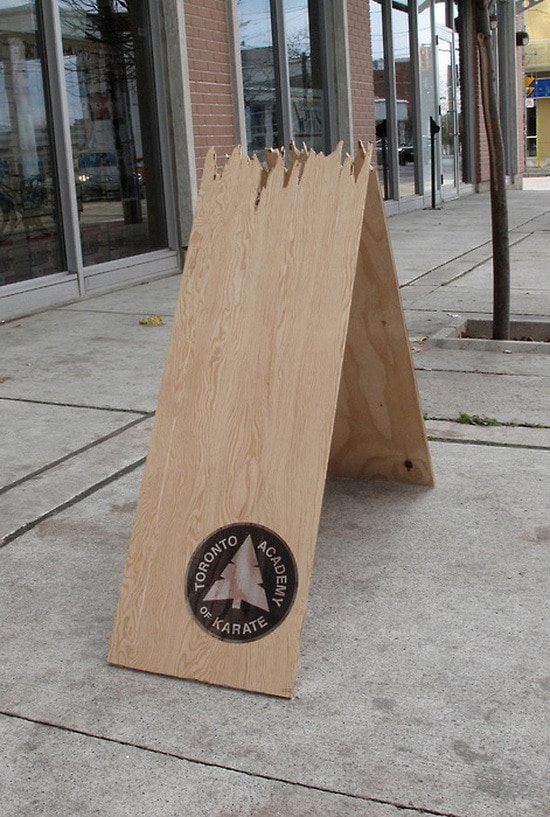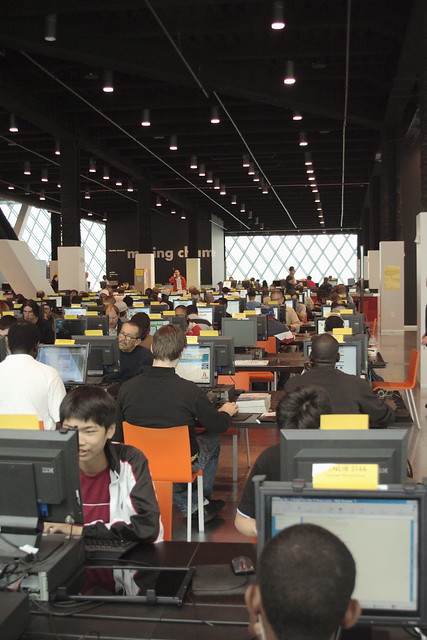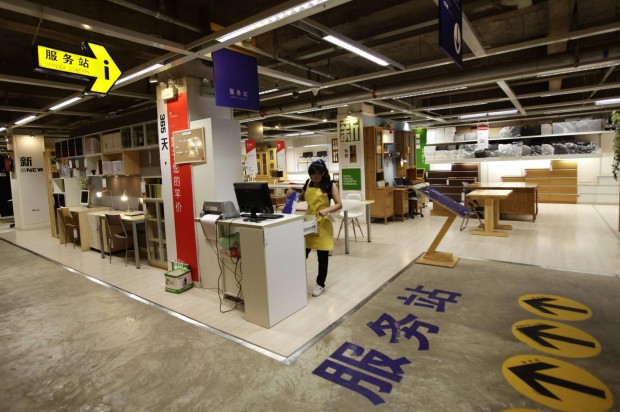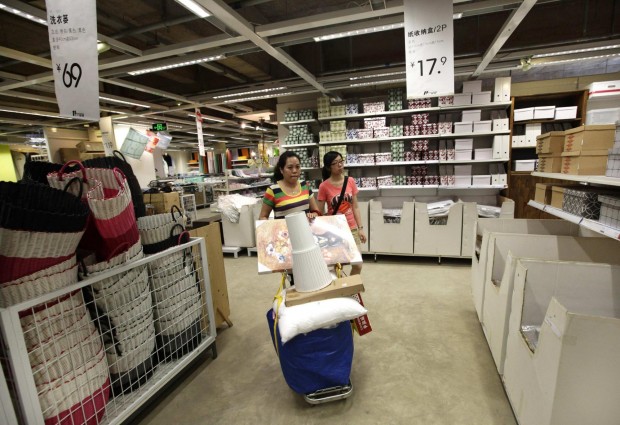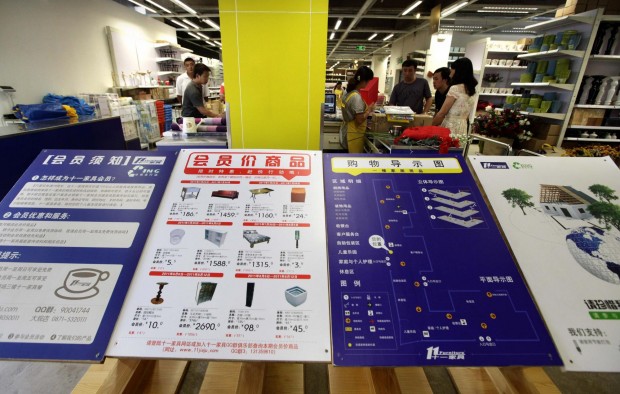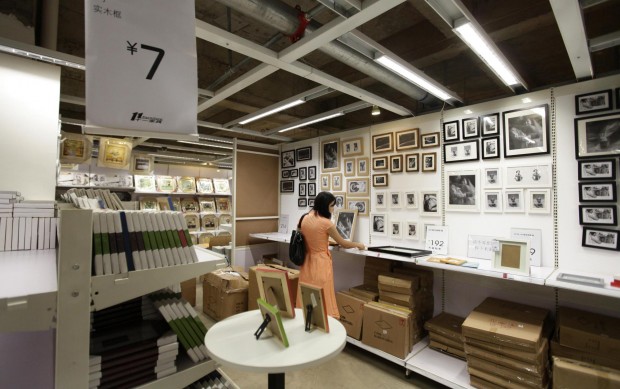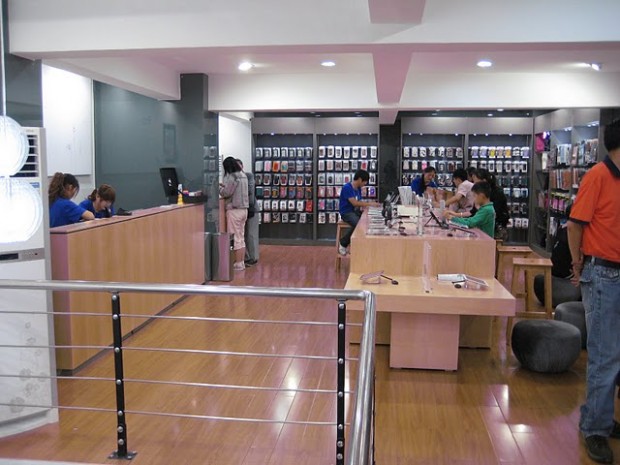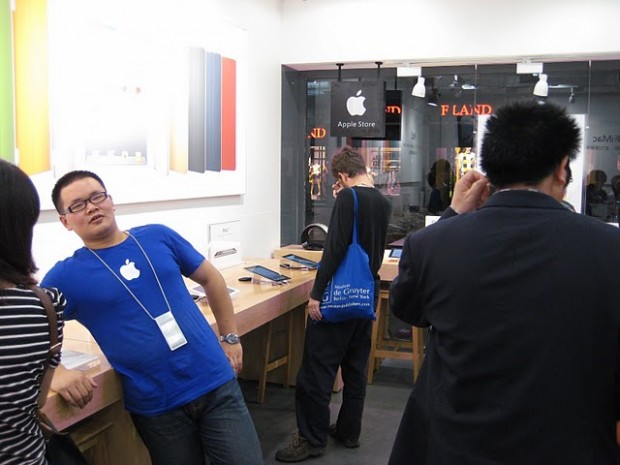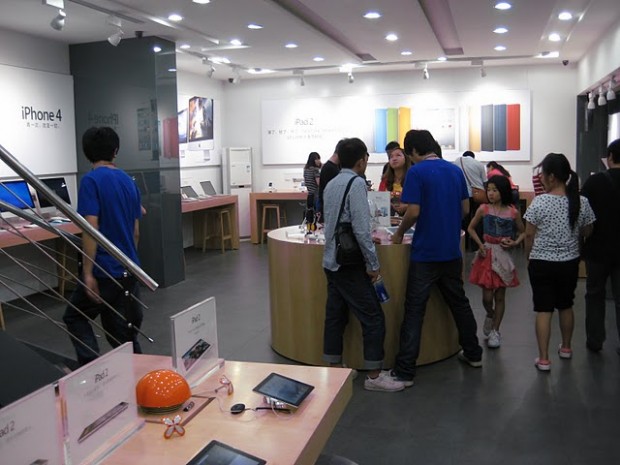How fun is this? ASICS built a huge display in a New York subway station that challenges you to keep pace with a marathon runner for just 60′. I love how engaging this idea is.
Tag: Experience
Tim Hortons Jumps the Shark
When Tim Horton’s recently announced that they’d be adding espresso to their lineup in a bid to take on Starbucks, I had to check the date to make sure it wasn’t April Fool’s Day.
This move is so stunningly ignorant of the brand, I question who is in charge at Tim Horton’s, and how disconnected are they from their customers. Tim Horton’s is defined as much by what it is, as what it isn’t. Tim Horton’s isn’t Starbucks. The two tribes couldn’t be further apart, or more clearly defined. So this move to capture some of the Starbucks audience is particularly puzzling. Nevermind that espresso doesn’t fit into the Tim Horton’s brand of simple, Canadian comfort food.
This is where Tim Horton’s jumps the shark. I eagerly await their next brand extension, but I’m not sure how they can get further from their audience and brand than this. Maybe sushi?
Nordstrom Holiday Notice
- If you want your customers to think of your store as a classy place, be classy.
- If you don’t like how early retail businesses get ready for Christmas, and you run a retail business, wouldn’t it be in really poor taste to contribute to the problem?
Four Clever Uses of Media in Advertising
I really enjoy ads that embrace the constraints of their media or environment. Here are four examples that caught my eye.
In an effort to get more pro golfers driving BMW, these graphics were installed in the hotel bathrooms of the pro golfers at a tournament in Illinois. If you accepted the invite you got to drive BMW cars on a closed track with tutelage from a couple of pro drivers.
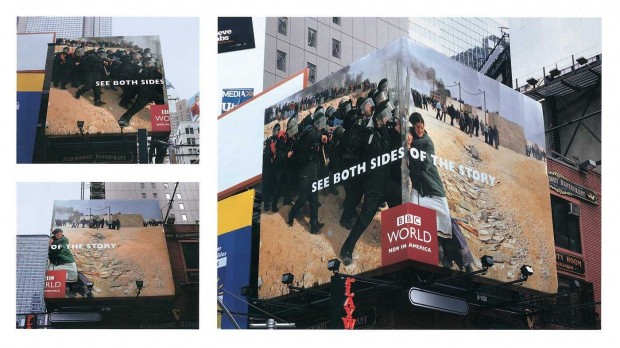
Designers Think Differently than the Customers
This post on User Interface Engineering reminds us how important it is to understand our customers, and is an enlightening read for anyone involved with application development. They found that less than 5% of users modify their settings. They sum up the lesson perfectly:
If you’re a programmer or designer, then you’re not like most people.
The Six Secrets Of Demand Creation
Adrian Slywotzky has a nice little teaser on Fast Company for his upcoming book “Demand: Creating What People Love Before They Know They Want It.” This bit really resonated with me:
5. Build a Steep Trajectory of Improvement
A product’s launch is merely the first step in a series of attacks upon the indifference of the market. On launch day, great demand creators jump into the next phase by asking themselves: How fast can we get better? Every improvement they make will unlock new layers of demand, and leave less open space for imitative competitors.
I’ve seen this happen many times. Businesses get so caught up in their daily operations that they stop innovating and improving. The really successful business never seem to loose that desire to offer something even better.
Hat tip, Ron Tite.
Kansas City Library
This is a really clever facade to the Kansas City Public Library. Even more clever, the titles on display change periodically. From their website:
The Community Bookshelf is a striking feature of Kansas City’s downtown. It runs along the south wall of the Central Library’s parking garage on 10th Street between Wyandotte Street and Baltimore Avenue. The book spines, which measure approximately 25 feet by 9 feet, are made of signboard mylar. The shelf showcases 22 titles reflecting a wide variety of reading interests as suggested by Kansas City readers and then selected by The Kansas City Public Library Board of Trustees.
The Economist Preaches the Four Cs of Social Commerce
More lessons for corporations engaging in social media. This time from The Economist:
Consistency. Retailers need policies in place to ensure that their brand promise remains consistent across all media channels, including social media – even if the interactions on Twitter, Facebook and the like are less formal than traditional media.
Community. Key to success is an understanding that social media is not purely a communications channel – in which the retailer controls the message – but more as a community of individuals who share an interest in a brand, or a product, or a category of products.
Collaboration. Social media channels deliver the most value when they move beyond the customer service objective and when insights are effectively shared between different departments.
Commitment. For many retailers, the biggest challenge with social media is getting people throughout the organisation to buy into the benefits. 27% of survey respondents have budgets dedicated to social media marketing and 12% have added one or more full-time positions to support social media.
Kunming’s Fake IKEA
Brandchannel has a good writeup on another of Kunming’s other brand knock-offs: IKEA. The store is called Eleventh Furniture, and its employees have a pretty causal attitude about working for the IKEA knock-off, “If two people are wearing the same clothes, you are bound to say that one copied the other. Customers have told me we look like Ikea. But for me that’s not my problem. I just look after customers’ welfare. Things like copyrights, that is for the big bosses to manage.”
If you took someone from Kunming to visit an IKEA store, would they remark “Hey, this IKEA looks just like Eleventh Furniture”?
Apple Store Knock-offs in China
This is already pretty old, but it’s worth seeing regardless. I won’t get into this too much, because others have already done a really good job talking about this (original post | analysis by Brandchannel).
The amount of effort that’s gone into this is impressive; even the employees think they’re legit Apple employees. The BrandChannel post observes that there is a Sony store nearby, and they wonder if anyone considered whether it is a knock-off as well. An odd question, as (based on the last time I was in a Sony store), the experience design in a Sony store is completely unremarkable. Who would want to knock-off a Sony store?
It makes me wonder though, have you ever made something so good, people wanted to steal it?

